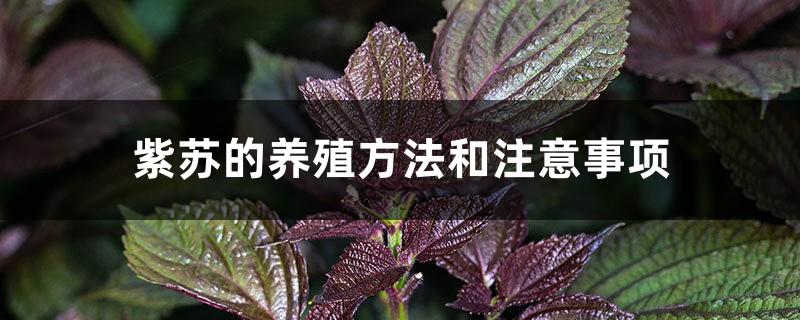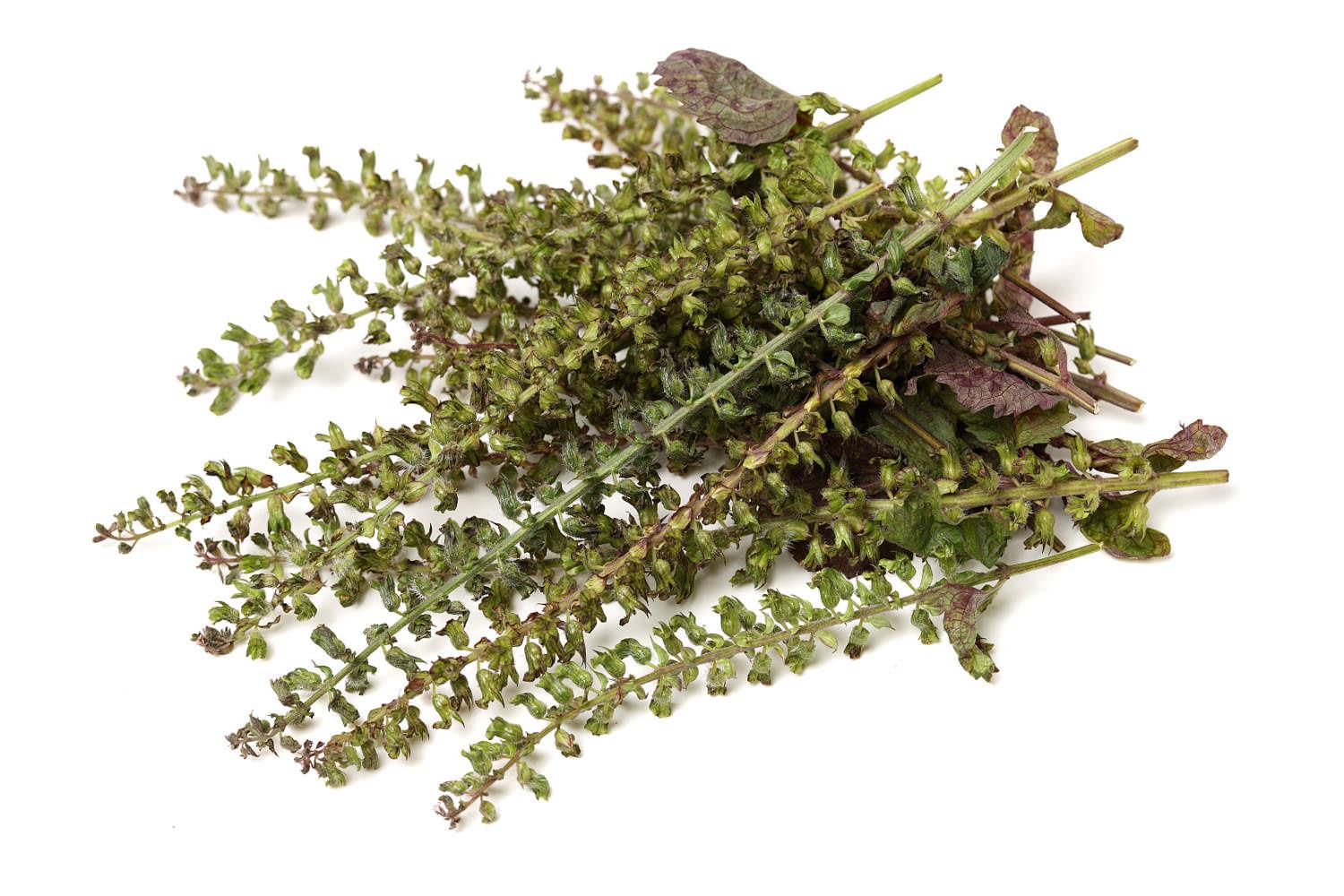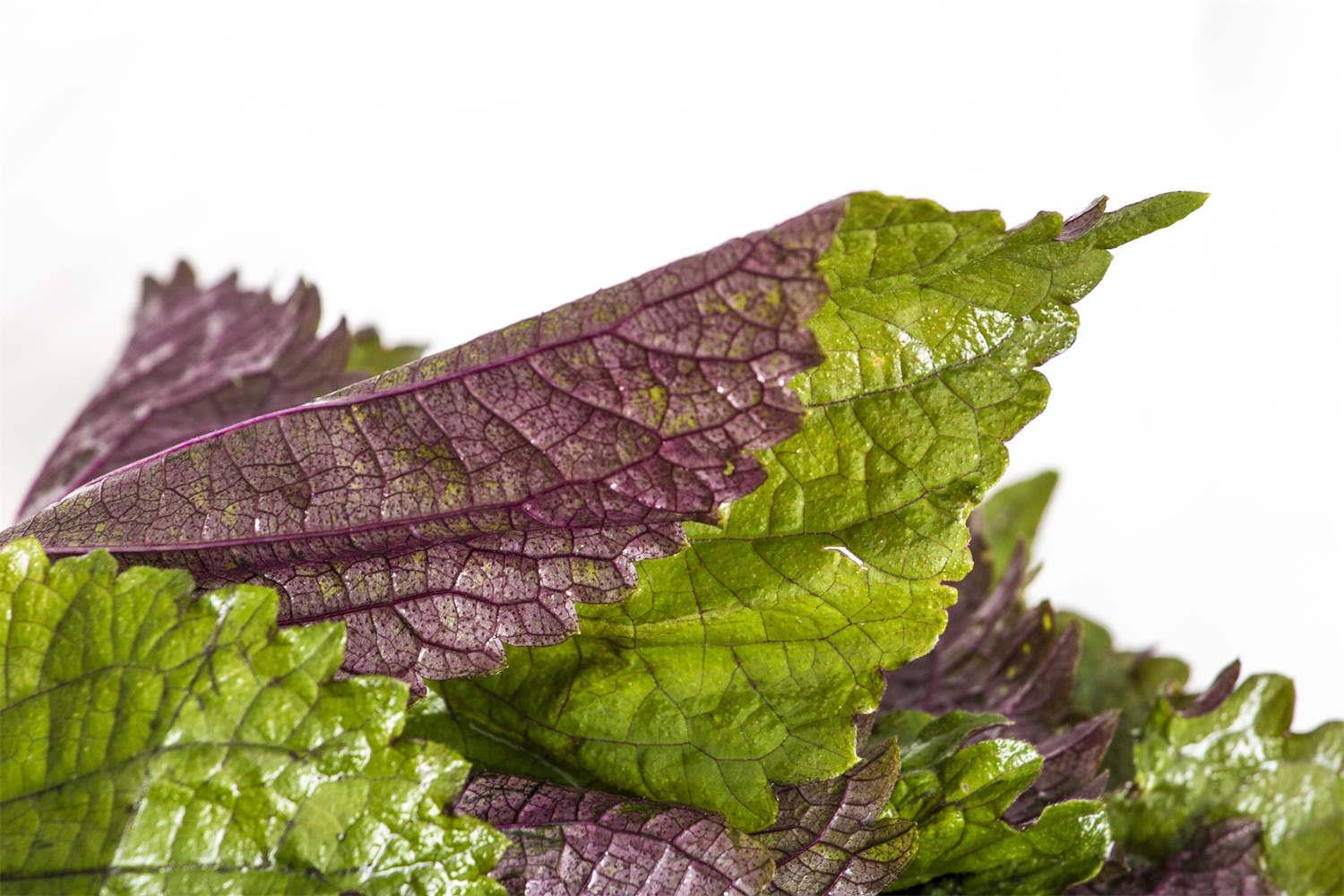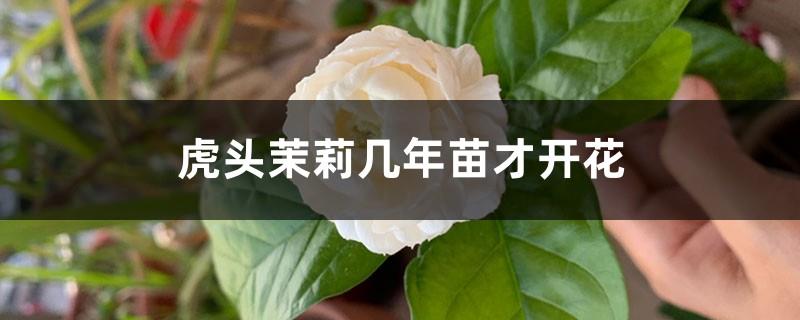Perilla cultivation methods and precautions
Last Update :2024.06.01
Article Catalog
Soil: The most suitable soil for cultivating perilla is loose sandy soil. The growth will be poor in soil with strong clay content. Moisture: Sufficient moisture must be ensured during the growth period, and the humidity should be around 75%-80%. Light: Plant it in a sunny location, but need some shade during the hot summer months. In addition, drainage work should be done well during the rainy season, otherwise roots will rot.

1. Soil
1. Soil
Perilla has good adaptability to soil, but the most suitable soil is sandy soil with good drainage, and it does not grow well in heavy clay soil. When planting, be sure to choose looser soil, preferably good quality and fertile soil.

2. Moisture
Its demand for water during the growth period is very large, so sufficient water must be ensured every day. It also requires relatively high air humidity and will grow well in an environment of 75%-80%. If the air and growing environment are too dry, the branches and leaves will harden, and the quality will be greatly reduced.
3. Light
It prefers sunlight, and receiving more sunlight is also helpful for its growth, so try to place it in a sunny place when planting. If it is in the summer when the sun is very strong, it still needs to be shaded, otherwise it will get sunburned.

IV. Precautions
Even though it has relatively high water requirements, you still need to pay attention to drainage work during the rainy season. It is strictly forbidden to be irrigated and brewed by rainwater, which will cause rotten roots and leaves. It requires a lot of light. If the plant grows very slowly, it is probably because the growing temperature is too low.

2. Moisture
3. Lighting
4. Precautions
- END -
When do Yashan peonies bloom?

Yashan peonies bloom in April and can last until around May. The peak blooming sea...
Tiger head jasmine takes several years to bloom

If you want to see it bloom, you cannot achieve it with one-year-old seedlings. It...